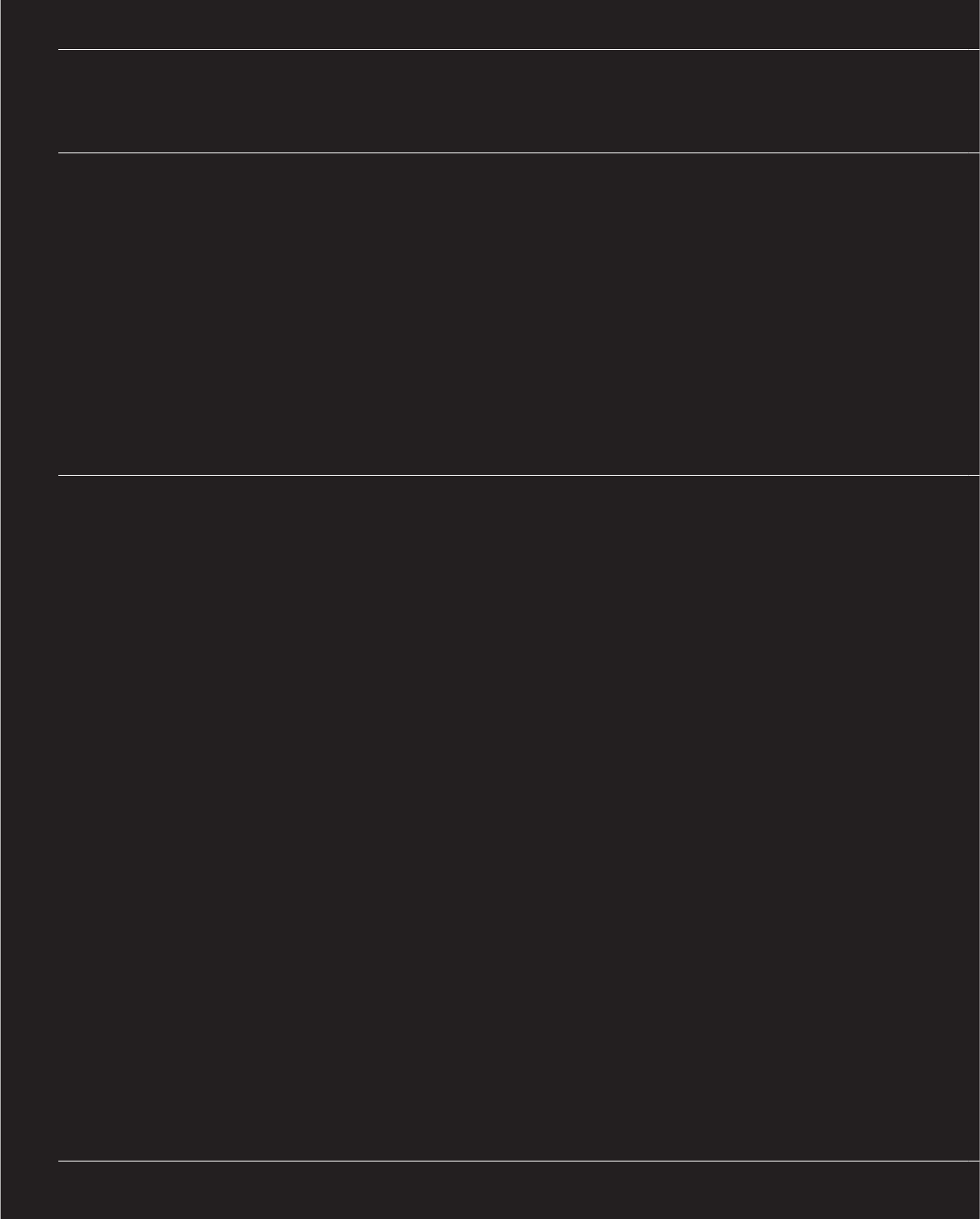
s
so
h
more.
Less is so much more.
Tony Seddon.
In my opinion, the navigable qualities of
any layout are just as important as the
quality of the styling or the choice of
typeface. It’s true to say that it takes skill
and practice to select the perfect typeface
that completely captures the essence of
the project and speaks directly to the
readership, but it’s a skill that most
manage to master to a respectable level.
However, I find it astonishing that
designers the world over still make so
many bad choices in this area. With who
knows how many thousands of typefaces
to choose from, how can anyone go
wrong? The thing is, maybe that huge
choice is the root of the problem. It’s
simply too tempting to say, “Hey, that’s a
great looking typeface and I’d just love to
use it. Let’s go for it—I’m in a grungy mood
today!” I beg you to stop and consider
what you’re about to do if you ever have
that thought yourself.
I’ve spent a lot of my career as a designer,
and later as an art director, trying to
improve on my editorial layouts for books
and brochures by doing less. When I say
less, I don’t mean I’m not trying so hard—
I mean I’m trying to make things simple.
This isn’t as easy as it sounds, because at
the same time, you have to try to make
layouts say more. The old adage “Less is
More” really rings true here, and I’ve
always felt that the greatest challenge for
any designer working with a combination
of images and text, or even just text as it
goes, is to keep things interesting without
sacrificing clarity.
muc
h
Less i
s
h
s
Get Design: Type now with the O’Reilly learning platform.
O’Reilly members experience books, live events, courses curated by job role, and more from O’Reilly and nearly 200 top publishers.

